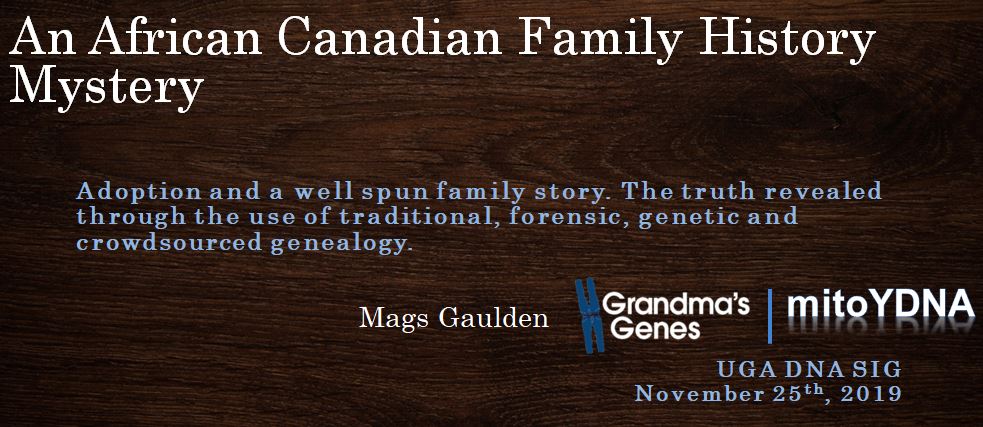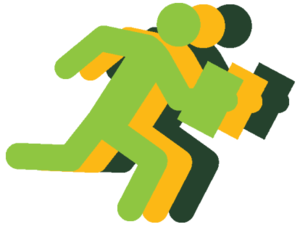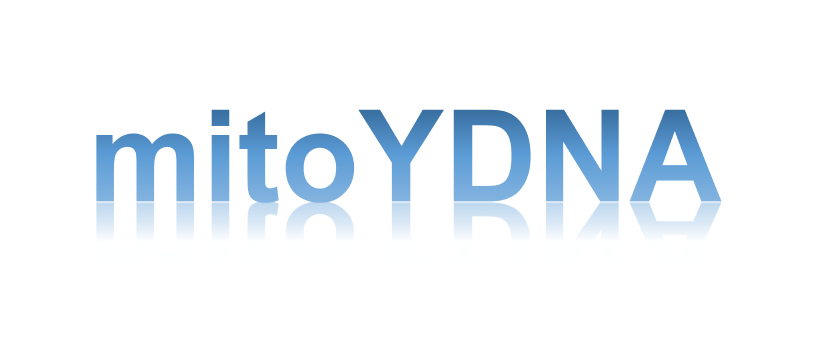A scientist in Ottawa, wants to know what his real last name is. The family lore? The great grandfather, Samuel, was adopted by an African-Canadian gentleman, Abraham. The adoptee, Samuel, was the son of Abraham’s wife’s sister. Family photographs of Samuel’s children reveal Anglo-Canadian boys. Taking all the information from a family Genealogy done previously and adding aspects of traditional, forensic and genetic genealogy we will extend the story, finding the truth to this family’s rich history. Along the way we will discover their real identity, and their story, beyond Samuel Gorge and into the dark history early African families in Ontario.



